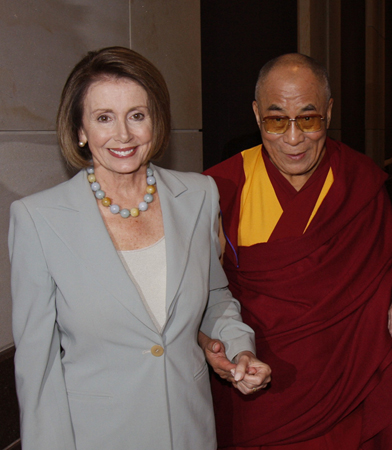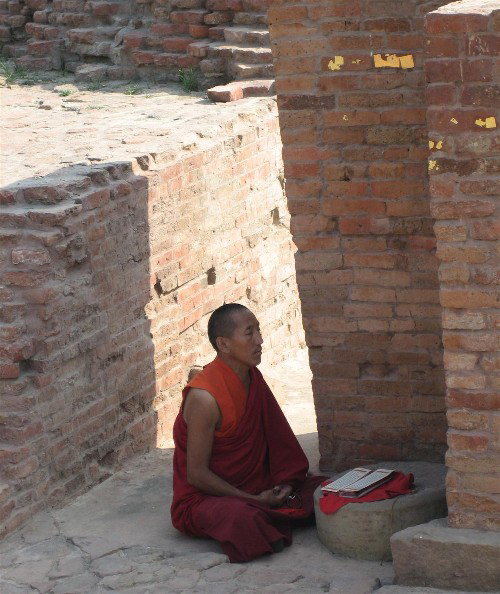| << Chapter < Page | Chapter >> Page > |
It is also important to note that every society also has nonbelievers, such as atheists , who do not believe in a divine being or entity, and agnostics, who hold that ultimate reality (such as God) is unknowable. While typically not an organized group, atheists and agnostics represent a significant portion of the population. It is important to recognize that being a nonbeliever in a divine entity does not mean the individual subscribes to no morality. Indeed, many Nobel Peace Prize winners and other great humanitarians over the centuries would have classified themselves as atheists or agnostics.
Religions have emerged and developed across the world. Some have been short-lived, while others have persisted and grown. In this section, we will explore seven of the world’s major religions.
The oldest religion in the world, Hinduism originated in the Indus River Valley about 4,500 years ago in what is now modern-day northwest India and Pakistan. It arose contemporaneously with ancient Egyptian and Mesopotamian cultures. With roughly one billion followers, Hinduism is the third-largest of the world’s religions. Hindus believe in a divine power that can manifest as different entities. Three main incarnations—Brahma, Vishnu, and Shiva—are sometimes compared to the manifestations of the divine in the Christian Trinity.
Multiple sacred texts, collectively called the Vedas, contain hymns and rituals from ancient India and are mostly written in Sanskrit. Hindus generally believe in a set of principles called dharma, which refer to one’s duty in the world that corresponds with “right” actions. Hindus also believe in karma, or the notion that spiritual ramifications of one’s actions are balanced cyclically in this life or a future life (reincarnation).


Buddhism was founded by Siddhartha Gautama around 500 B.C.E. Siddhartha was said to have given up a comfortable, upper-class life to follow one of poverty and spiritual devotion. At the age of thirty-five, he famously meditated under a sacred fig tree and vowed not to rise before he achieved enlightenment ( bodhi ). After this experience, he became known as Buddha, or “enlightened one.” Followers were drawn to Buddha’s teachings and the practice of meditation, and he later established a monastic order.

Buddha’s teachings encourage Buddhists to lead a moral life by accepting the four Noble Truths: 1) life is suffering, 2) suffering arises from attachment to desires, 3) suffering ceases when attachment to desires ceases, and 4) freedom from suffering is possible by following the “middle way.” The concept of the “middle way” is central to Buddhist thinking, which encourages people to live in the present and to practice acceptance of others (Smith 1991). Buddhism also tends to deemphasize the role of a godhead, instead stressing the importance of personal responsibility (Craig 2002).

Notification Switch
Would you like to follow the 'Introduction to sociology 2e' conversation and receive update notifications?